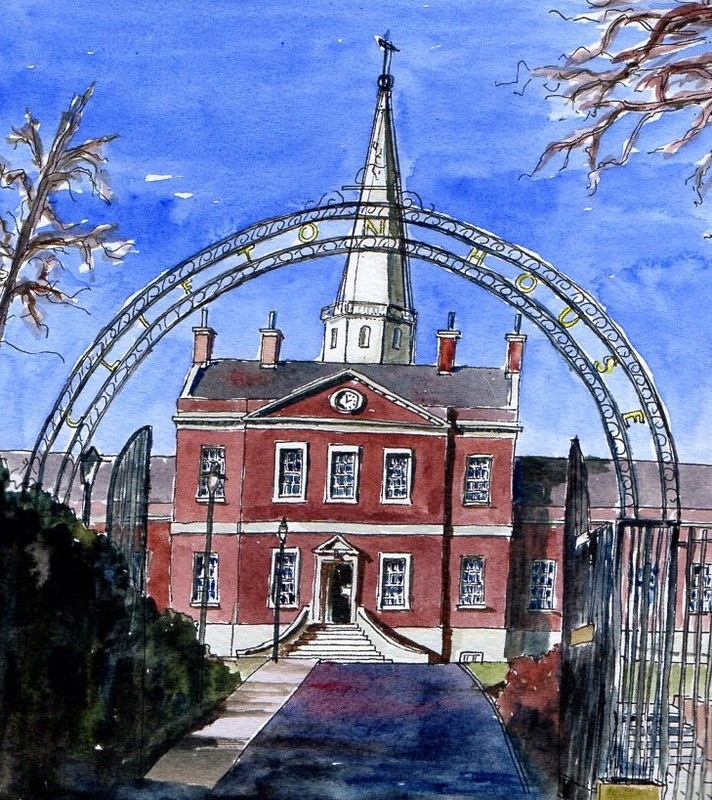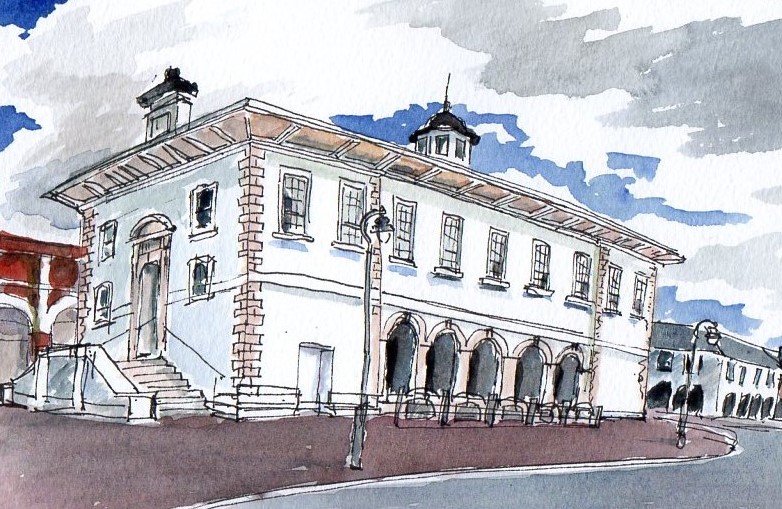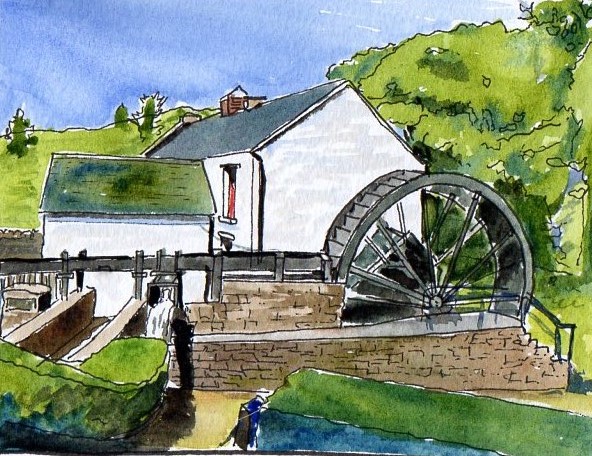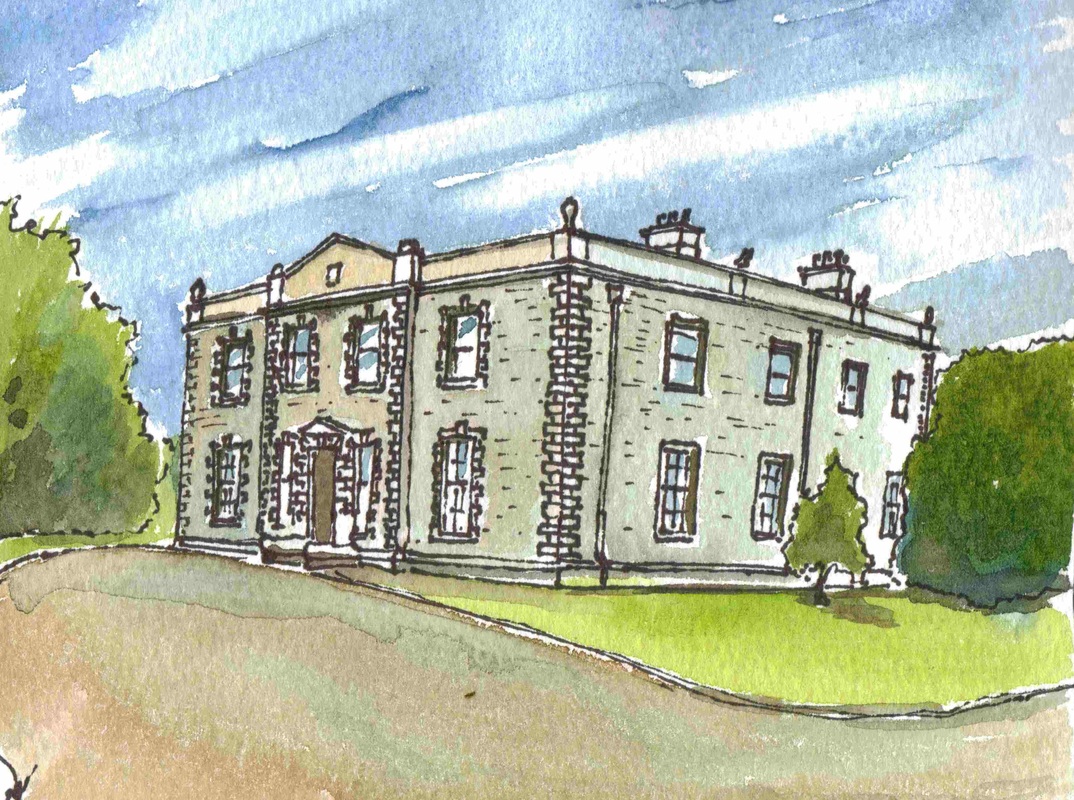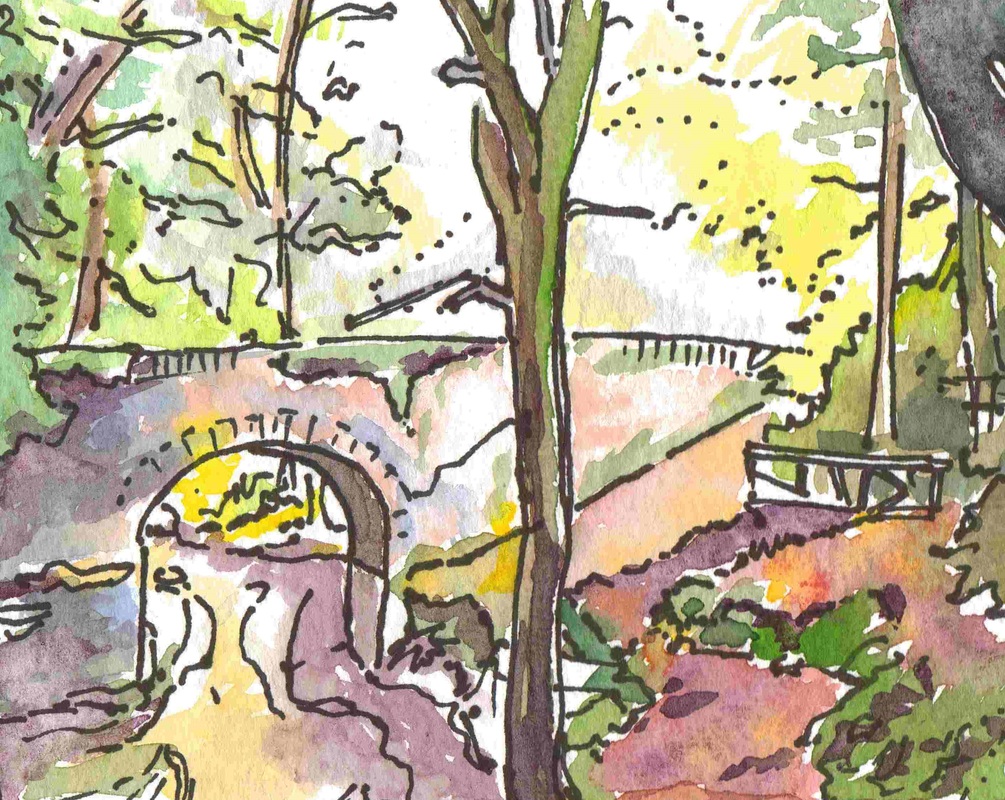The Georgians |
|
|
The new order established at the end of the Seventeenth Century had the effect of allowing stability to return and permitting trade to increase. The major beneficiary was the relatively new town of Belfast. Located at the highest crossing point on the Lagan, it became a focus for merchant activity, exporting the produce of the Lagan Valley and importing people and products from England and Scotland. By the end of the Century it had grown from a small settlement to the largest city in the region with extensive industrial works as well as a thriving port.
A new classical style of building based upon symmetry and proportion developed. A number of market houses in the style, still stand in pride of place as the focus of market squares. Most have a room over which would have acted as the courthouse. A good example can be seen in Antrim. The linen trade became a major supplement to rural incomes across Ulster, but was particularly concentrated to the south and east around the Lagan and Bann valleys. Water mills and bleach greens became a common sight in these areas and ordinary rural houses were often built longer than standard to accommodate a room with a weaving loom. The Newry Canal, the earliest in the British Iles, was developed from 1731 to serve this trade. Stability allowed landowners to move away from defensive structures and build grand homes often with objects of interest or 'follies' within a surrounding landscaped park or 'demesne'. Across the region, 1740 is a common date to hear that a building was first constructed. These were also built in the classical style. Quite grand terraced houses were built in towns such as Belfast, Londonderry, Armagh, and Newry. Influenced by fashions in Dublin and London, this 'Georgian' style ( after the three Kings of the name who reigned from 1720 to 1830) was very refined and austere. Decoration was concentrated around doors and fanlights with proportion and symmetry key. Such simple forms were easily copied and created a template for more ordinary buildings in the settlements of the region. By the end of the century this rational approach to architecture, was reflected in science and politics. The American Revolution of 1777 and the French Revolution of 1789 were keenly followed and debated in Ulster particularly among the merchant classes of Belfast. Initially focused upon reform of the Irish Parliament in Dublin, frustration with progress led to more radical ideas and eventually to rebellion in 1798. With the arrest of its Belfast leaders, Ballynahinch became the main focus of the insurrection in Ulster. Quickly put down across Ireland, one consequence was the loss of the Irish Parliament. From 1802 the island was incorporated into the 'United Kingdom of Great Britain and Ireland'. |
|
Belfast Charitable Institution (Clifton House), Belfast, 1771.
Antrim Courthouse, 1726.
Newmills, Corn and Flax Mill, Co Donegal
Prehen House, Co L'derry c 1740.
7&9 Shipquay Street, L'derry.
A bridge within the Tollymore demesne, Co Down of c.1780/ This was designed as an ornament to the estate and is one of a number which cross the picturesque Shimna River.
|

